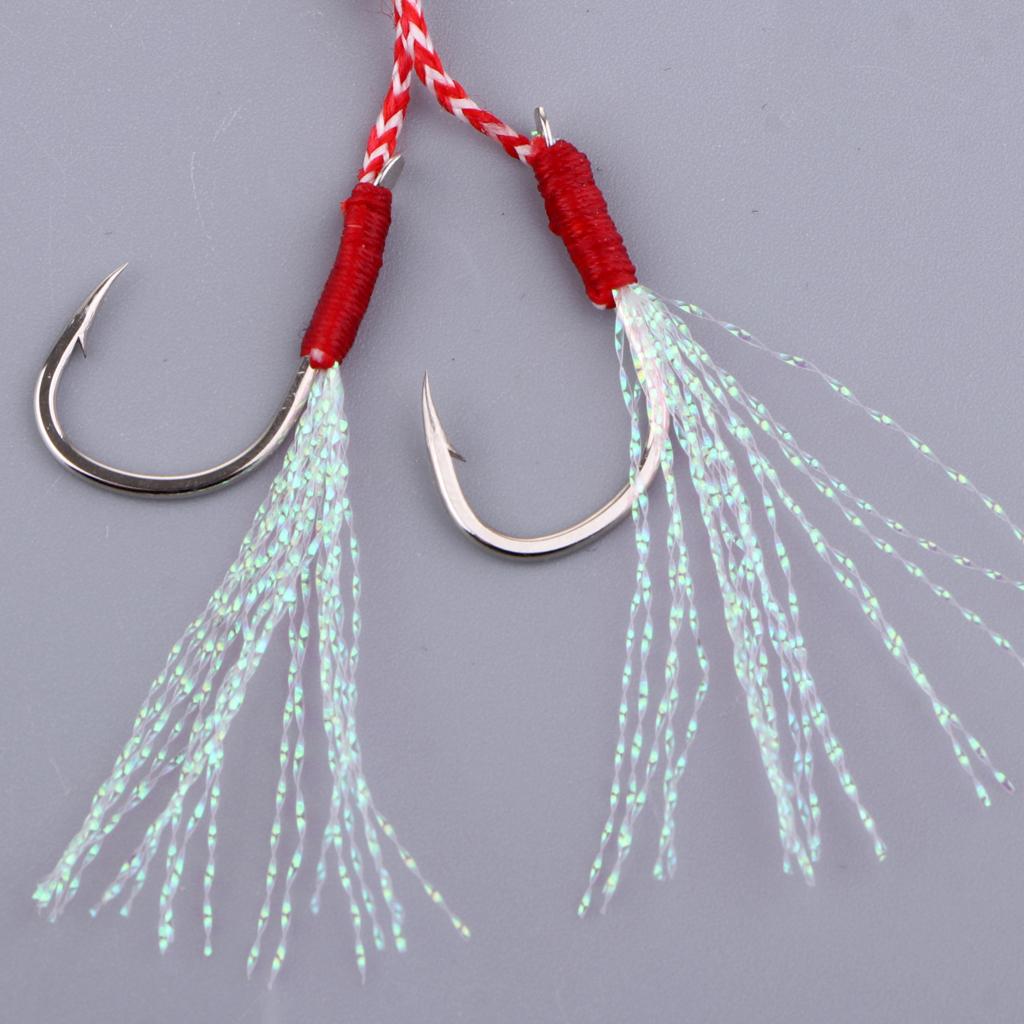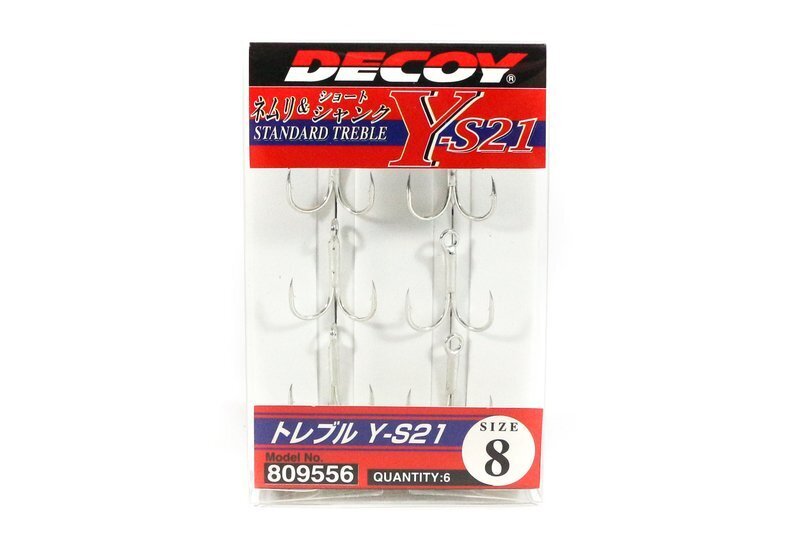
ThroatĪ hook’s throat runs from the end of the bend to the point. Kahle hooks are favored by anglers using large chunks of bait. And like circle hooks, they bring the point back toward the shank, offering tight lock-ups and nearly certain hooksets. The size of the bend and degree of its sweep are also critical to hook design.įor instance, Kahle hooks sport a huge, sweeping bend that creates tons of space for big chunks of bait. The bend is the part of the hook that connects the shank to the throat. Varying this length, and the thickness of the material it’s formed with, dramatically changes hook performance. The shank is the length of the hook from the bottom of the eye to the start of the bend. We’ll discuss the most common designs below. By contrast, lots of saltwater species need a short shank and extreme bend, creating what’s called a circle hook.Ī hook’s eye allows you to connect it to your line or leader, and while this may seem elementary, there’s a lot more going on here than you might think.ĭifferent shapes and offsets make a big difference for a hook, for instance, determining whether it’s attached via a snell connection or attached with wire rather than standard line. It’s important to know the names of the various parts of a hook, not least because design changes in these elements yield different shapes and performances.įor instance, soft-mouth fish like crappie demand larger gapes and longer shanks, a hook style called the “Aberdeen” that we’ll discuss below. For treble hooks, anything from a #2 to a #8 is great.Īs you can see, this isn’t an exact science, but it isn’t brain surgery, either.Īsk other anglers or take a look at our species-specific articles, and you’ll have a good sense of the right hook for your application. Tuna take the same hook, and depending on their size, you can run anything from a #4 to a 2/0 to even larger sizes.įor catfish, depending on the species, anything from a 2/0 to a monster 6/0 Kahle is great for cut bait. Similarly, for walleye, a #2 circle or octopus hook is a good place to start. They’re the perfect size to accommodate the lure and provide tight, rock-solid hooksets.įor inshore trolling for reds, I like 1/0 circle hook on my live bait, and this also cuts down on gut hooks.

But while these fish are typically no larger than bluegill, don’t take their nickname “papermouth” lightly you’ll want to size up your hooks to avoid tearing them loose, and a #2 is typically a good place to start.įor throwing soft plastics to largemouth bass, I like a 2/0, 3/0, or 4/0 worm hook.

Worse still, sizing isn’t uniform, meaning that from one brand to the next, a size 3 hook won’t be consistent.

Hook sizing is a bit arcane and old-fashioned, leading to some confusion. 1 Fishing Hook Sizes (2 Hook Size Charts).


 0 kommentar(er)
0 kommentar(er)
